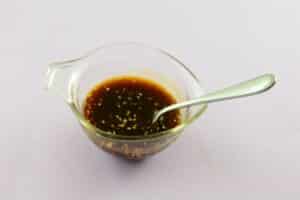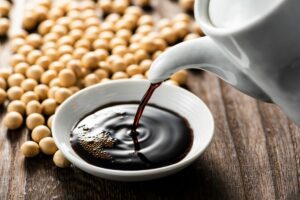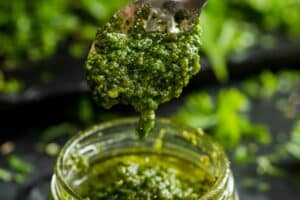When you visit a Japanese restaurant, you have an array of different seasonings and sauces to consider. Two of the most popular options they provide are teriyaki and soy sauce. But what is the difference between the two? Can they be used interchangeably?
Although you may not realize it, there are several differences between the two, including the flavor. A lot of confusion lies in the similarities that they share in appearance. The two sauces can often look as though they are the same product, as they are the same color of brown and a similar consistency. However, that is where the similarities mostly end.
Let’s take a deeper dive into a comparison of teriyaki vs. soy sauce and whether or not you can use them as substitutions for each other.
Teriyaki Sauce vs. Soy Sauce Differences
The primary difference between soy and teriyaki sauce is the ingredients that they contain. What many don’t realize is that soy sauce is the base of teriyaki sauce. However, as you will learn while trying the two, that does not mean that they taste the same.
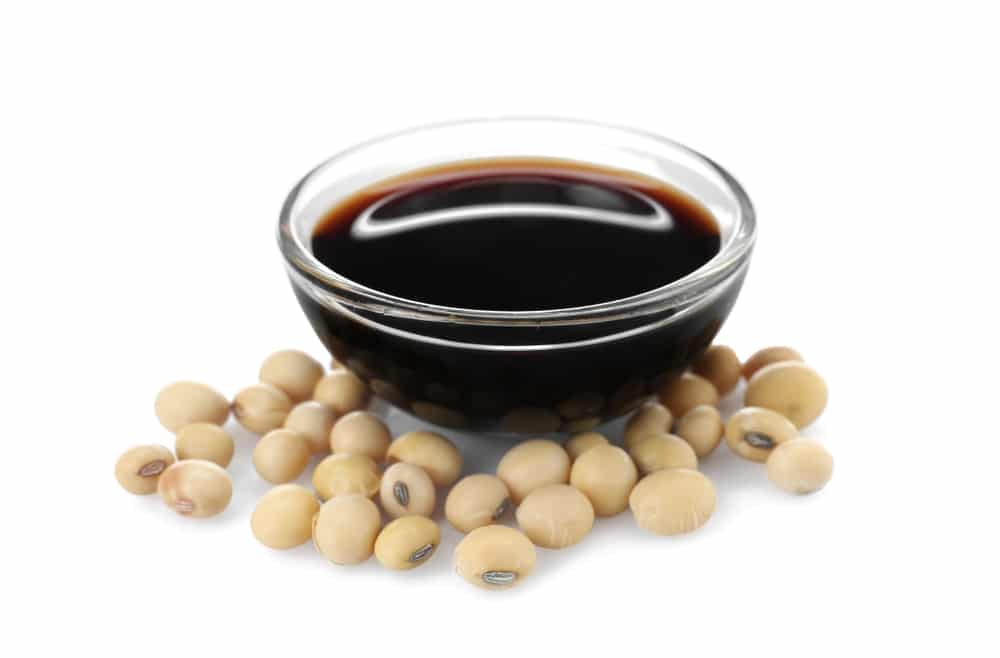
Soy sauce in itself is a salty flavor. It is derived from the soybean and is mixed with water to get the correct consistency. Although it starts as a paste, it becomes quite thin through the process of creation. The addition of salt creates the signature taste that you associate with soy sauce.
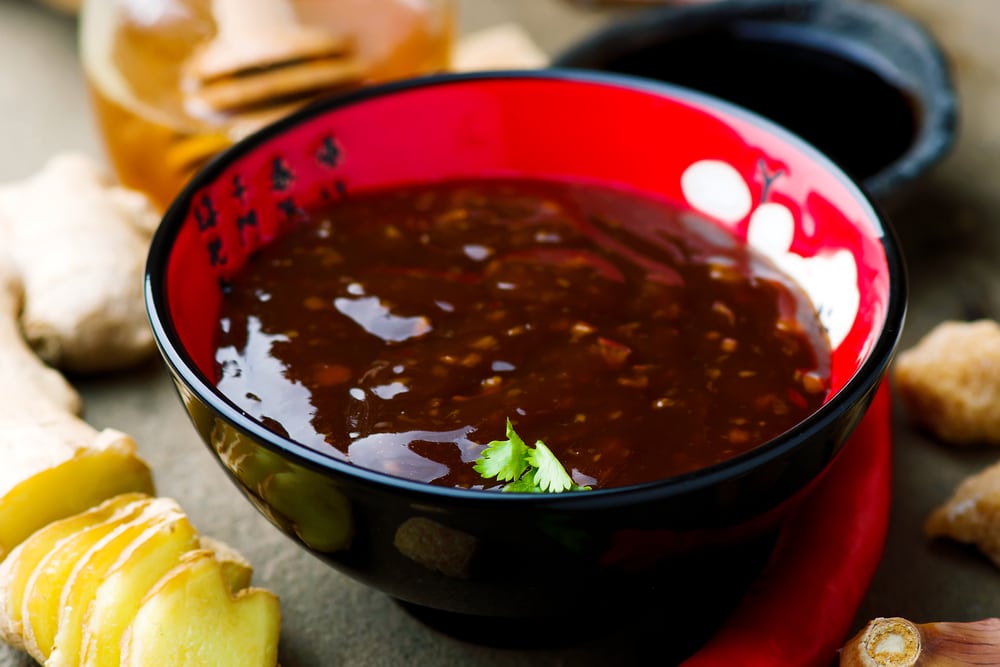
Teriyaki sauce takes the soy sauce base creation and adds more ingredients into it. The exact ingredients can vary by region or even chef but typically includes brown sugar, ginger, and garlic.
With the addition of the extra ingredients, the taste of teriyaki sauce comes across as sweet, compared to the salty nature of the soy sauce.
Even though a cursory look at both soy sauce and teriyaki sauce give the impression that they are of similar consistencies, it isn’t true. Soy sauce is thin due to the addition of water. However, teriyaki sauce is a thicker consistency due to the addition of more ingredients.
The color between the two products remains similar but also has subtle differences. The differences will depend on the type of ingredients within the teriyaki sauce itself and the quantity.
It is worth noting that soy sauce has a high sodium content due to salt’s addition. A low-sodium option is available to accommodate those who enjoy soy sauce in their meals and require a lower sodium content. You can find this substitution frequently in stores and restaurants. Remember that you may need to specially request a lower-sodium option at the restaurant, as they commonly carry the regular version by default.
Similarly, teriyaki sauce also has a high sodium level due to its soy sauce base. Additionally, it also has a high level of sugar due to the additives within it. There are lower-level options available for people who love teriyaki sauce but are limited in the amount of sugar and salt they can consume.
Like with soy sauce, teriyaki sauce is frequently found in stores and restaurants. It is beneficial for those considering teriyaki sauce vs. soy sauce that you don’t have to choose based on the availability of lower sugar or sodium options.
See Related Article: Enchilada Sauce vs Taco Sauce Comparison
How To Substitute Teriyaki Sauce For Soy Sauce
As was referenced above, teriyaki sauce contains soy sauce. The soy sauce constitutes the base of the teriyaki sauce. To form the soy base into a teriyaki sauce, you include sugar, ginger, and garlic ingredients.
Therefore, it would be a simple substitution if you needed teriyaki sauce but only had soy. You only need to add in a few items to get the required product.
But what if it’s the opposite problem? What if, instead of teriyaki, you needed soy sauce? What’s more, what if you only had teriyaki at your disposal? How would you utilize the teriyaki as a substitution for your recipe that explicitly requires soy sauce?
The simple answer is that you wouldn’t change anything but may be disappointed by the taste the result produces. You can use the teriyaki sauce in place of the soy if you desire. However, the taste would be vastly different.
Since teriyaki sauce has the added sweet ingredients and soy being a salty flavor, your recipe will come out with an unintended taste. Considering teriyaki vs. soy sauce, you will want to think about the result you want to achieve and choose a substitution that would most likely produce your desired outcome.
A better alternative than teriyaki sauce would be to use Worcestershire sauce. This sauce contains a similar flavor to soy sauce, with a similar consistency, but does have less salt. Therefore, if you are looking for the taste of soy sauce for your recipe, this would work.
If you need the salt component for your meal, you may want to consider a different alternative than Worcestershire sauce. Other options to consider for this need are fish sauce or tamari. The sodium levels in both of those sauces are comparable to soy sauce. The taste is similar as well. Although it may be difficult to find these options in a typical grocery store, specialty shops will frequently carry them.
Conclusion
It is difficult for many people unfamiliar with Asian culture and have limited experience using them to know the differences in teriyaki vs. soy sauce. The differences and similarities are visually apparent upon inspection, and it’s known that the taste separates them as well upon trying them both.
However, information beyond that is difficult to decipher with high-level experience. With the vast difference in taste, it isn’t easy to initially be aware that soy is a significant component in teriyaki.
The unknown details make it a common occurrence to interchange the sauces, either in a restaurant scenario or a recipe at home. Because of the different flavors, you will quickly learn that one can not substitute for the other without alterations being made. If you make this mistake once, you will not make it again!


